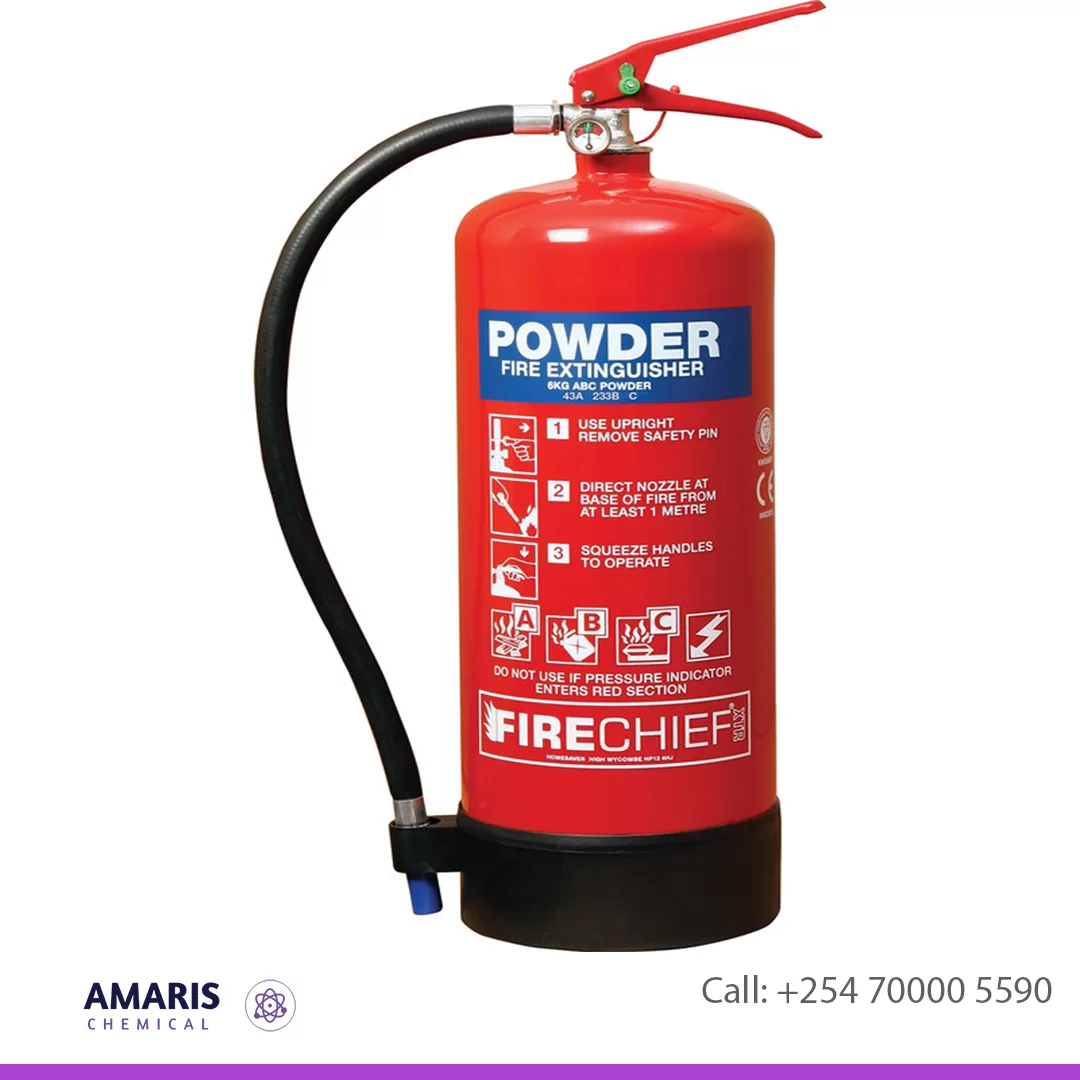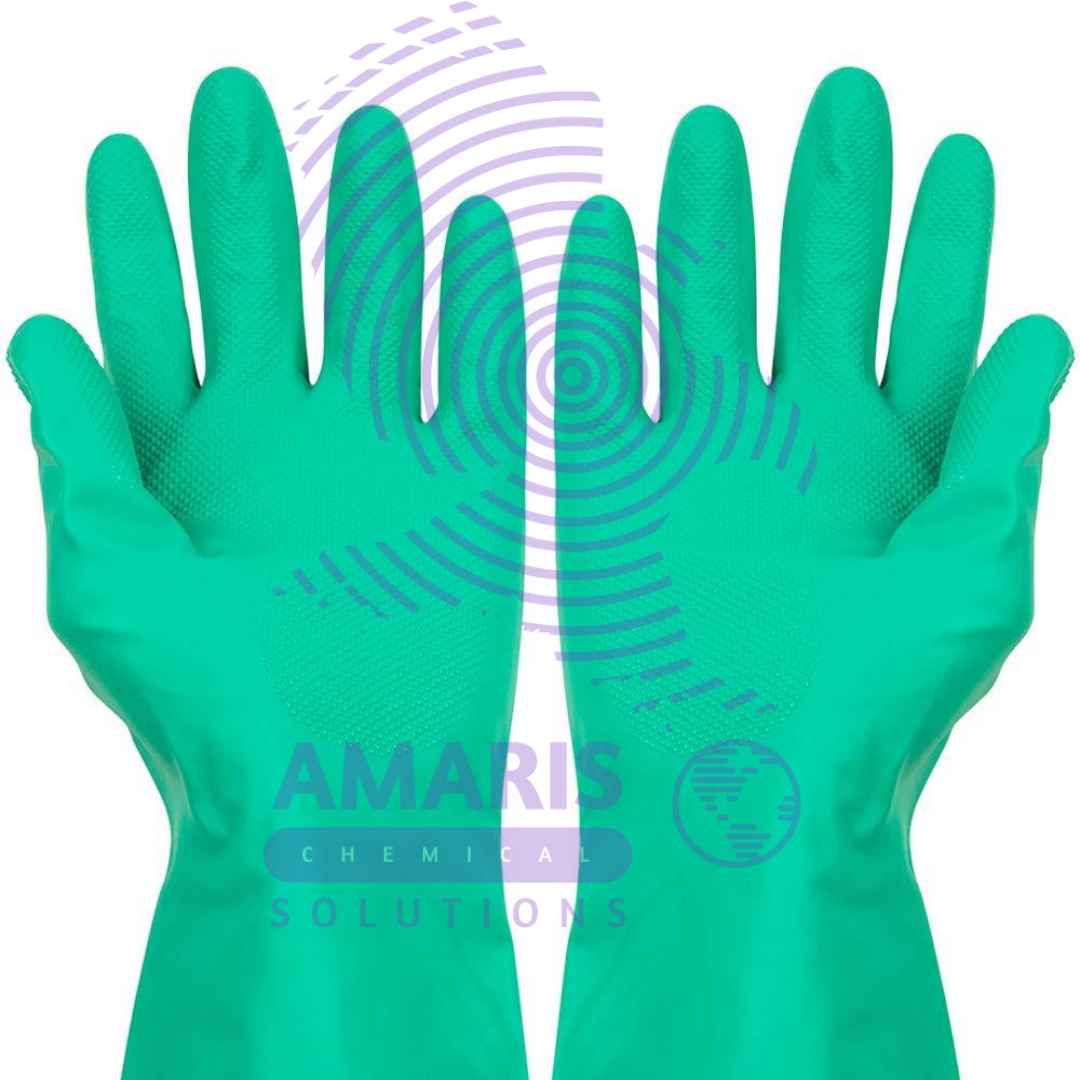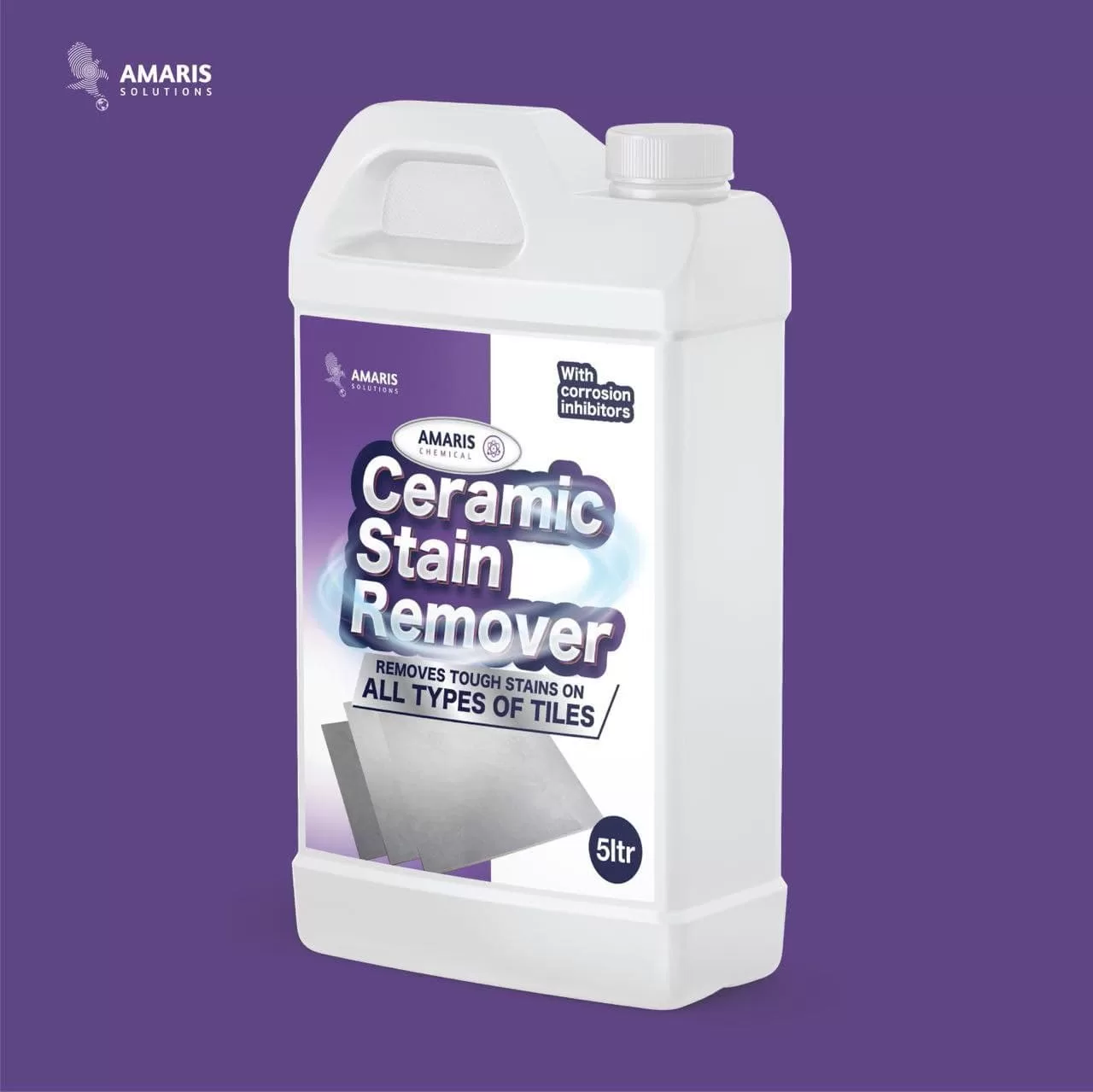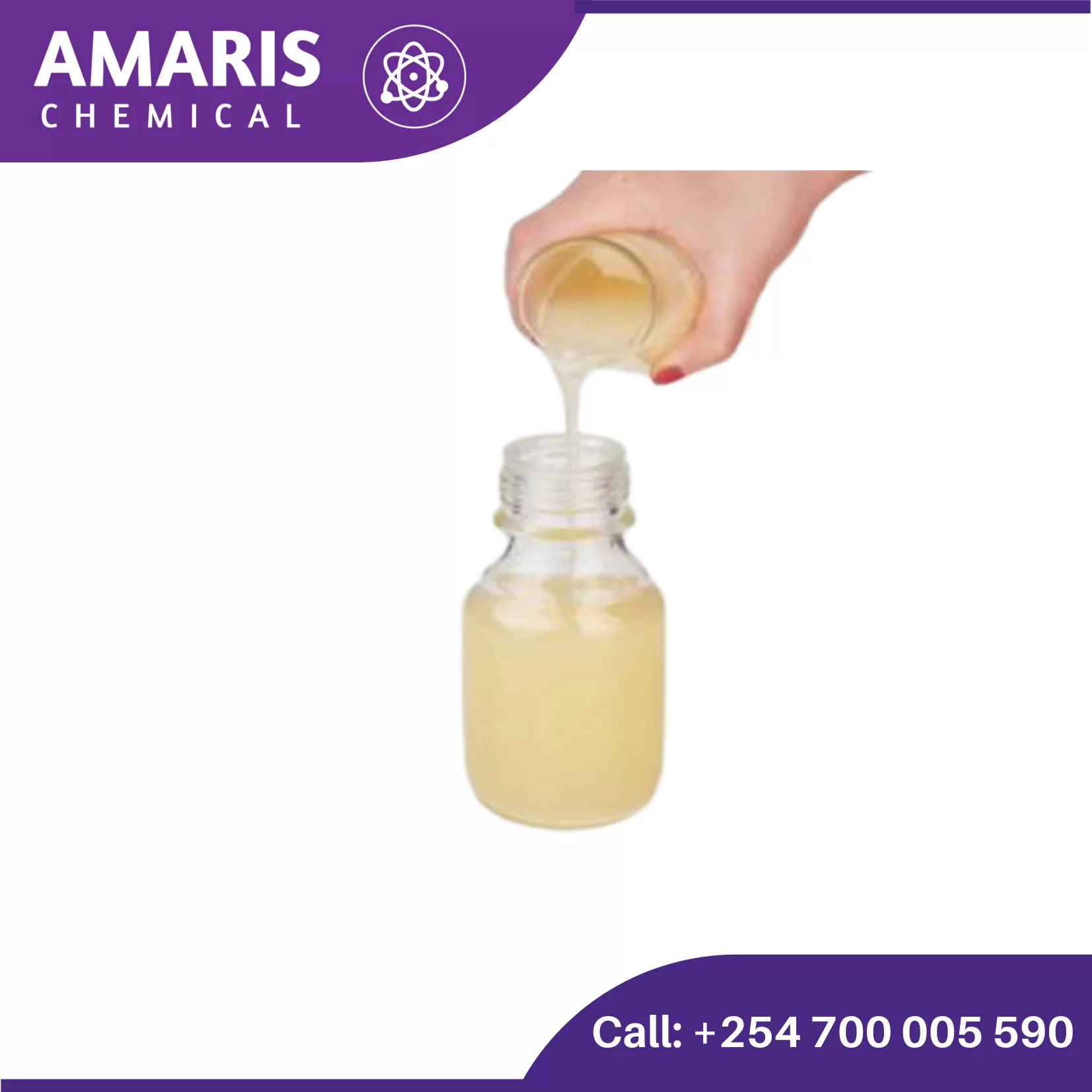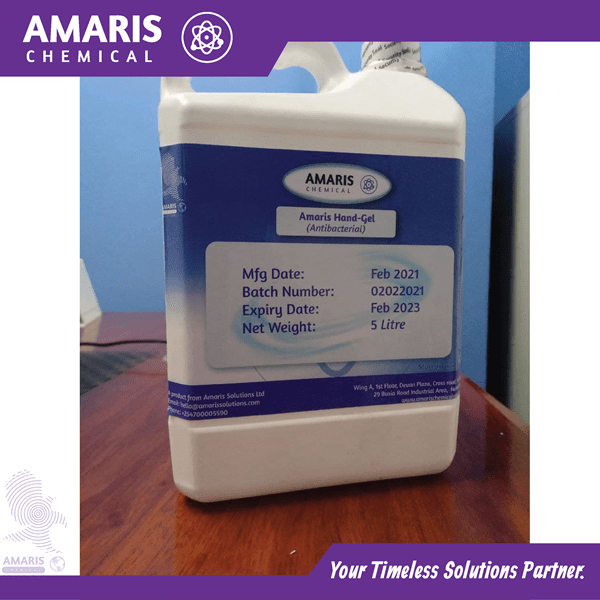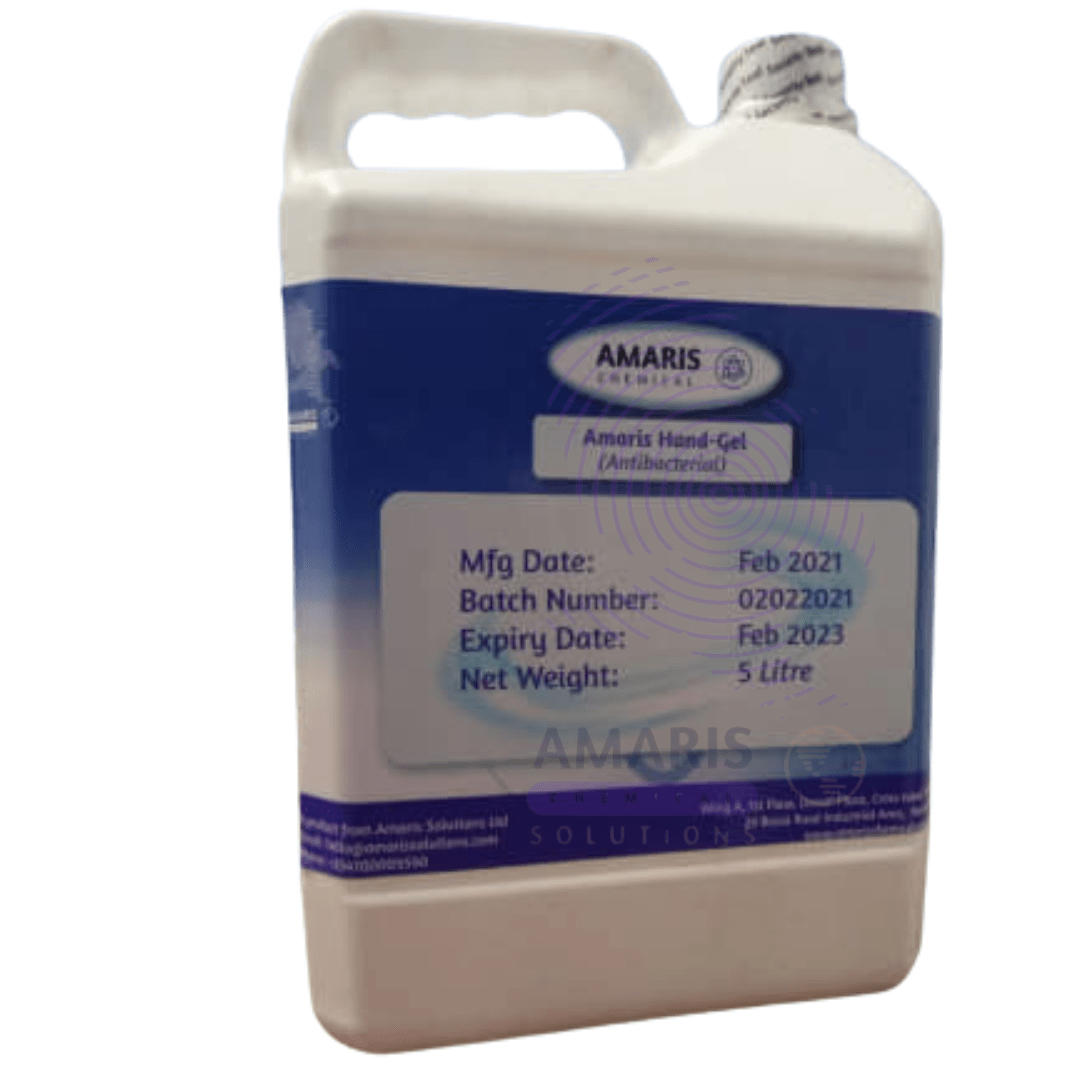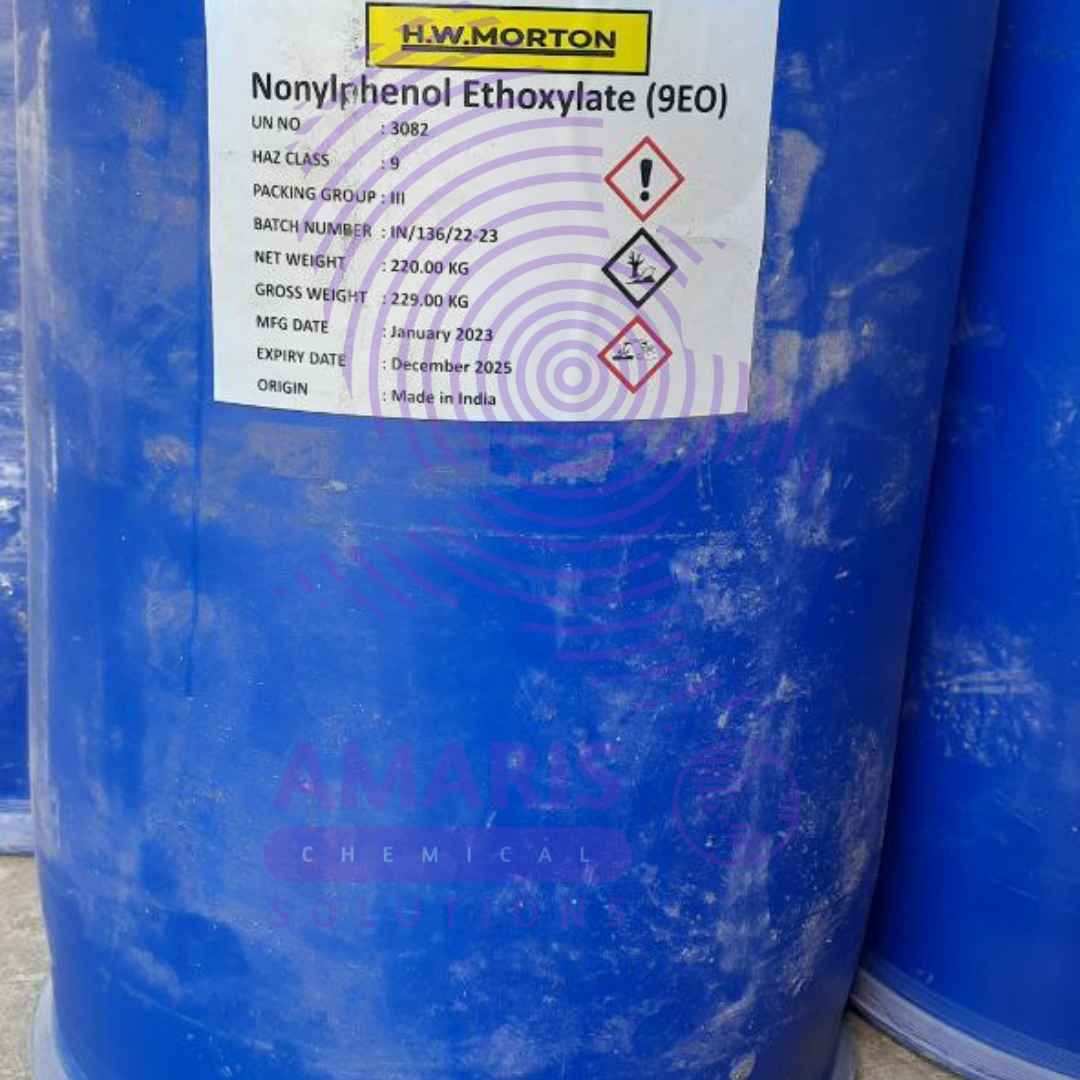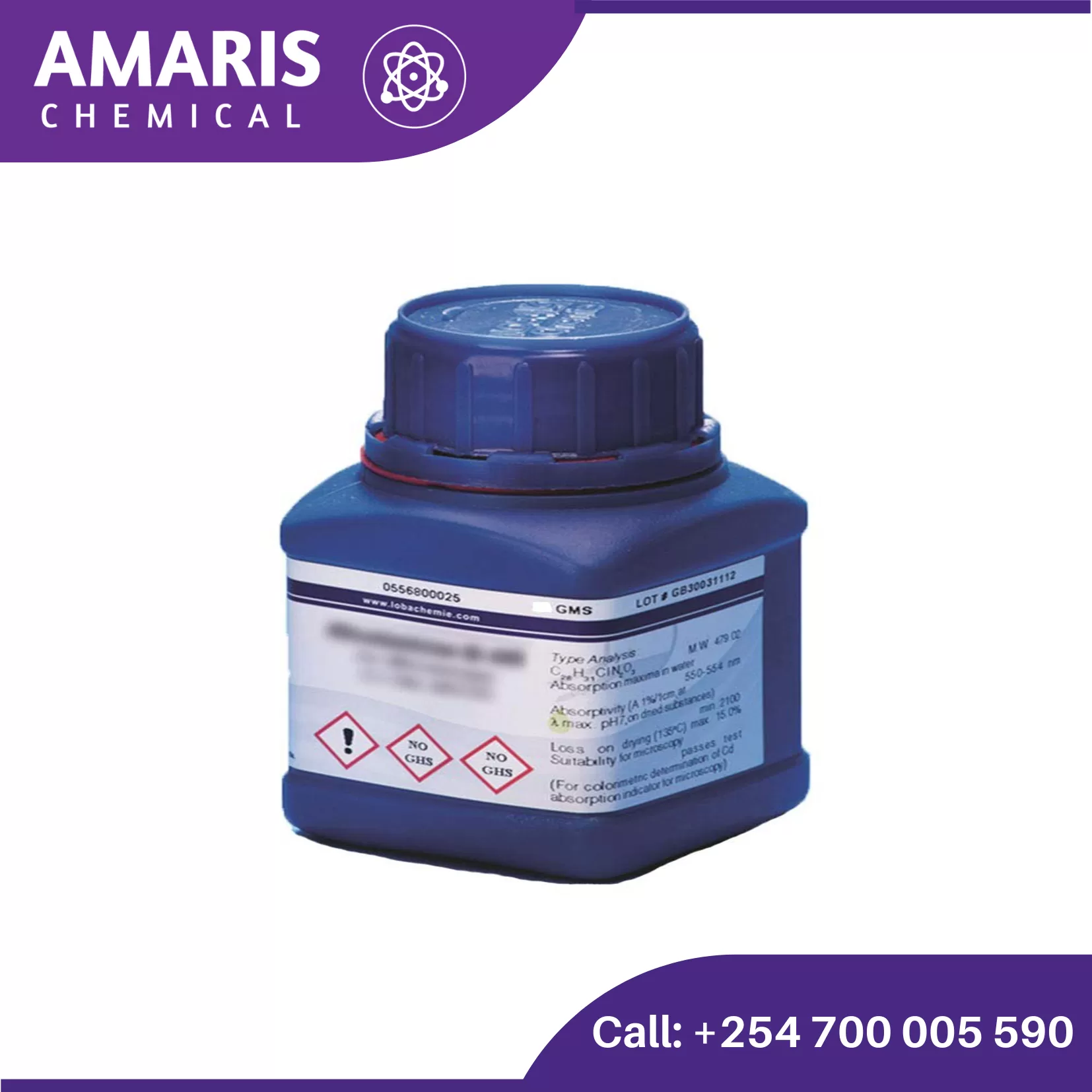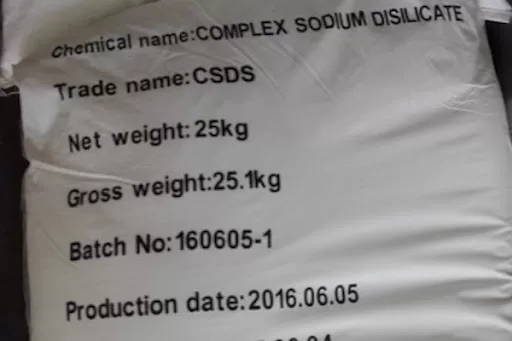“Nonylphenol Ethoxylate 220kg” has been added to your cart. View cart
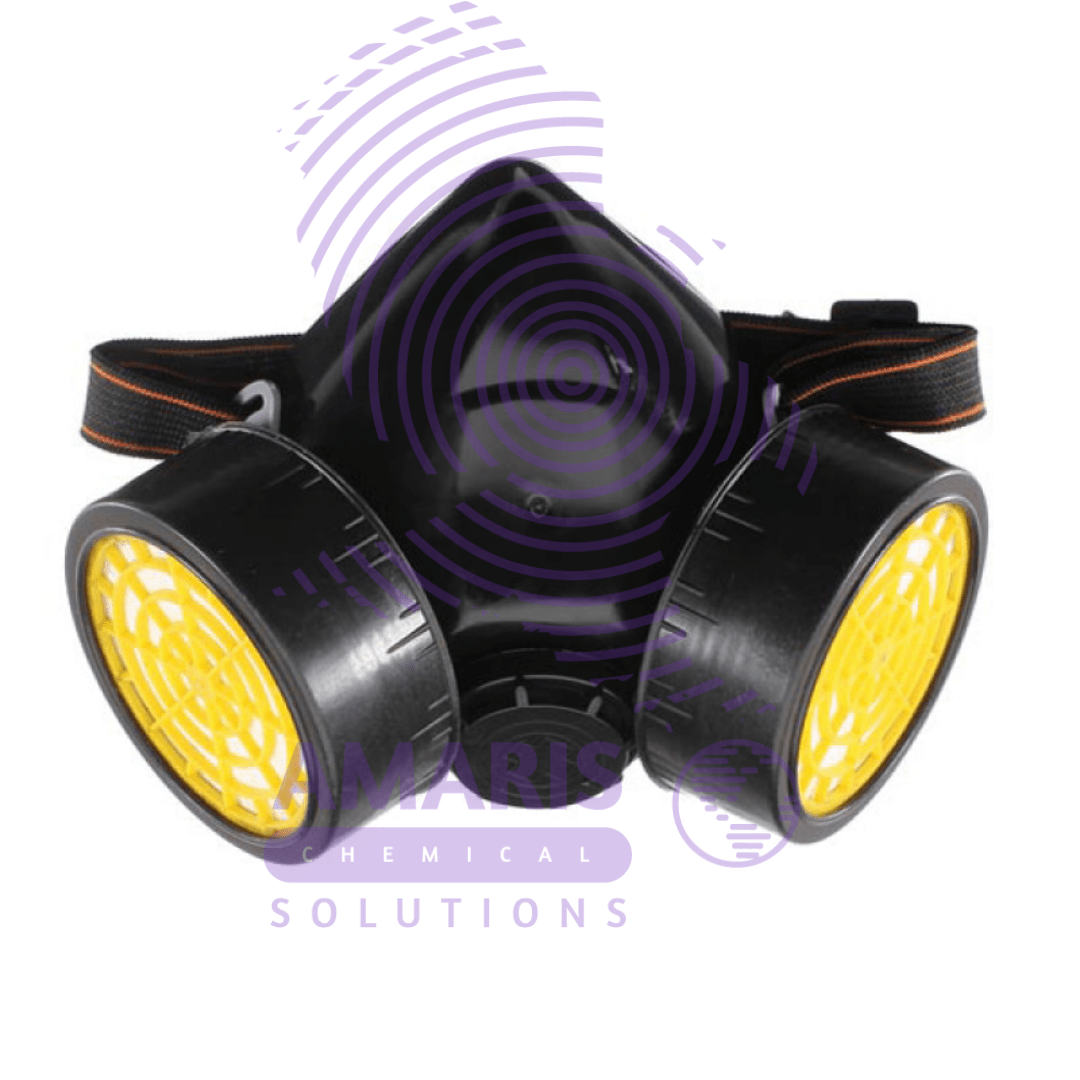
Double Gas Mask
$4,900.00 Original price was: $4,900.00.$4,500.00Current price is: $4,500.00.
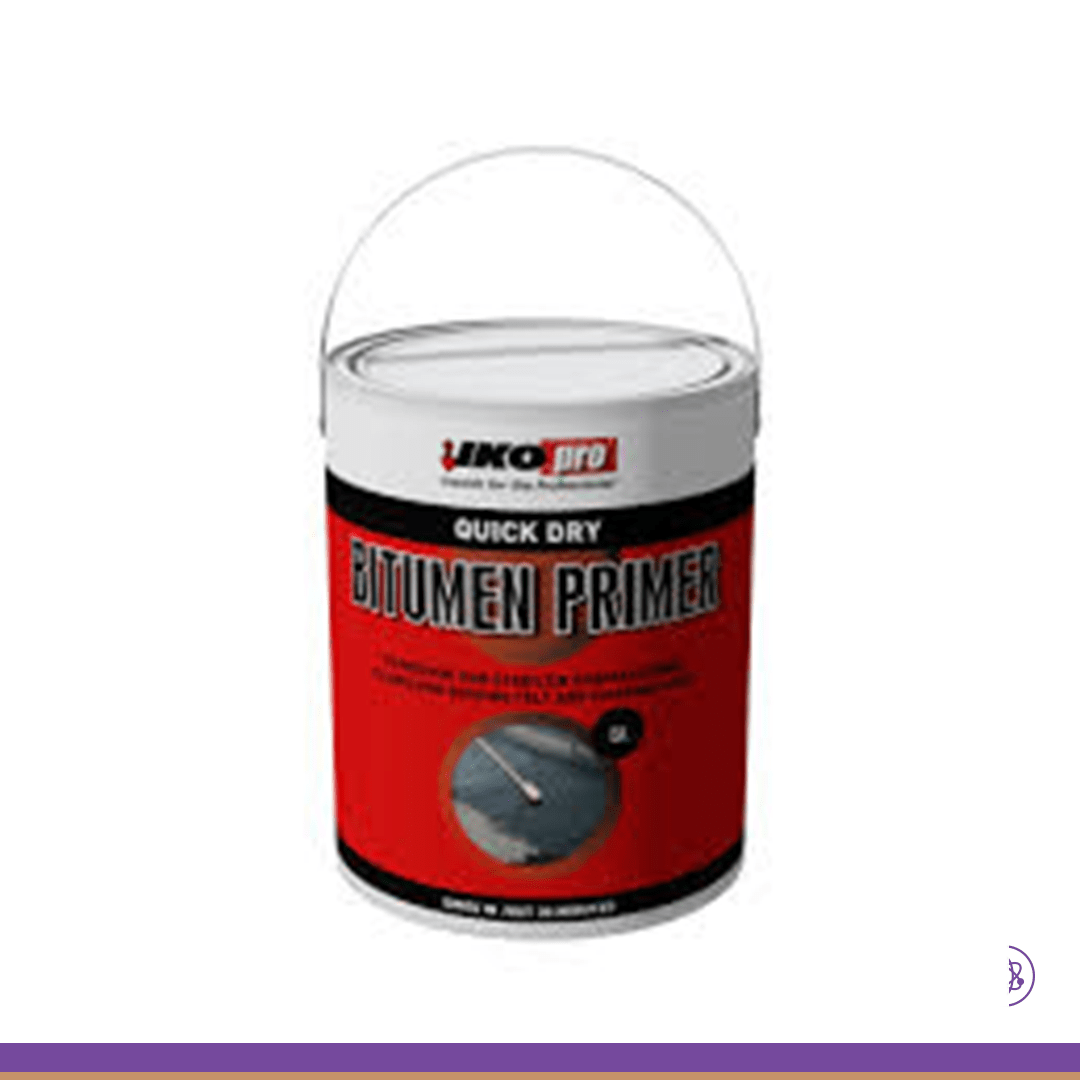
Bitumen Primer
$7,000.00 Original price was: $7,000.00.$6,800.00Current price is: $6,800.00.
Fire Extinguisher Dry powder
$0.01
Description
Used to put out fire effectively.
Shipping & Delivery


MAECENAS IACULIS
Vestibulum curae torquent diam diam commodo parturient penatibus nunc dui adipiscing convallis bulum parturient suspendisse parturient a.Parturient in parturient scelerisque nibh lectus quam a natoque adipiscing a vestibulum hendrerit et pharetra fames nunc natoque dui.
ADIPISCING CONVALLIS BULUM
- Vestibulum penatibus nunc dui adipiscing convallis bulum parturient suspendisse.
- Abitur parturient praesent lectus quam a natoque adipiscing a vestibulum hendre.
- Diam parturient dictumst parturient scelerisque nibh lectus.
Scelerisque adipiscing bibendum sem vestibulum et in a a a purus lectus faucibus lobortis tincidunt purus lectus nisl class eros.Condimentum a et ullamcorper dictumst mus et tristique elementum nam inceptos hac parturient scelerisque vestibulum amet elit ut volutpat.
Related products
Acid Proof Gloves
Acid-proof gloves are an essential safety equipment used in laboratories where researchers handle corrosive chemicals. These gloves are designed to protect the wearer's hands from coming into direct contact with acids, which can cause severe burns and skin damage. They are typically made from materials that are resistant to acids, such as neoprene, nitrile, or rubber.
When choosing acid-proof gloves for laboratory work, it's important to consider the specific chemicals being used and select gloves that are compatible with those chemicals. Additionally, the gloves should fit well to provide adequate protection without compromising dexterity and comfort.
Proper usage of acid-proof gloves involves inspecting them for any signs of damage before each use, avoiding contact with incompatible chemicals, and promptly removing and properly disposing of gloves if they become contaminated. Regular maintenance and replacement of gloves are also necessary to ensure continued protection for laboratory personnel.
Amaris Basic Laundry Detergent.
Rated 5.00 out of 5
Ceramic Stain Remover(5litres)
Rated 5.00 out of 5
Defoamer
A defoamer, also known as an anti-foaming agent, is a chemical additive that reduces and eliminates foam formation in liquids. Foam is formed when gas is trapped in a liquid, and it can cause problems in various industrial processes, such as in the production of food and beverages, pulp and paper, and wastewater treatment. Defoamers work by destabilizing foam bubbles and breaking them apart, allowing the gas to escape from the liquid. They typically contain surfactants or oils that spread over the surface of the liquid to disrupt foam formation. Defoamers are available in various forms, including liquid, powder, and emulsion, and are used in a wide range of industries to improve process efficiency and product quality
Hand Gel
Rated 5.00 out of 5
Nonylphenol Ethoxylate 220kg
Rated 5.00 out of 5
Uses of Nonylphenol ethoxylate (NPE)
Nonylphenol Ethoxylate is a surfactant compound that belongs to the family of alkylphenol ethoxylates. It is produced by ethoxylation, a process that involves adding ethylene oxide molecules to nonylphenol, resulting in a chain of ethylene oxide units attached to the nonylphenol core. The number of ethylene oxide units added can vary, resulting in different forms of NPEs with varying degrees of ethoxylation. NPEs are commonly used in industrial and commercial applications as detergents, emulsifiers, wetting agents, and dispersants due to their excellent surfactant properties. They possess both hydrophilic (water-loving) and lipophilic (oil-loving) properties, making them effective in reducing surface tension, enhancing the mixing of oil and water, and improving the solubility of various substances. However, it is important to note that NPEs have raised environmental concerns. They have been found to be persistent in the environment and can potentially bioaccumulate, leading to harmful effects on aquatic organisms and ecosystems. Due to their potential adverse impacts, the use of NPEs has been restricted or banned in certain regions, and alternative surfactants with lower environmental impact are being sought.Sodium Diphenylamin Sulphonate
Sodium diphenylamine sulfonate (SDS) is a chemical compound used primarily as an antioxidant in various industries, including the rubber and petroleum sectors. It helps prevent oxidation and degradation of materials by acting as a stabilizer. SDS is also utilized in some water treatment processes to inhibit corrosion.










